Introduce classical music into your ed-biz or homeschool and orchestrate a symphony of exploratory excitement! Strike new chords in learners’ inquisitive minds by fostering music appreciation/composition skills, connecting the dots between music history and composer biographies, developing proficiency in playing instruments and mastering rhythm/percussion fundamentals.
Just as drawing teaches children to compose a story without words, so music teaches students to speak a language without saying anything.
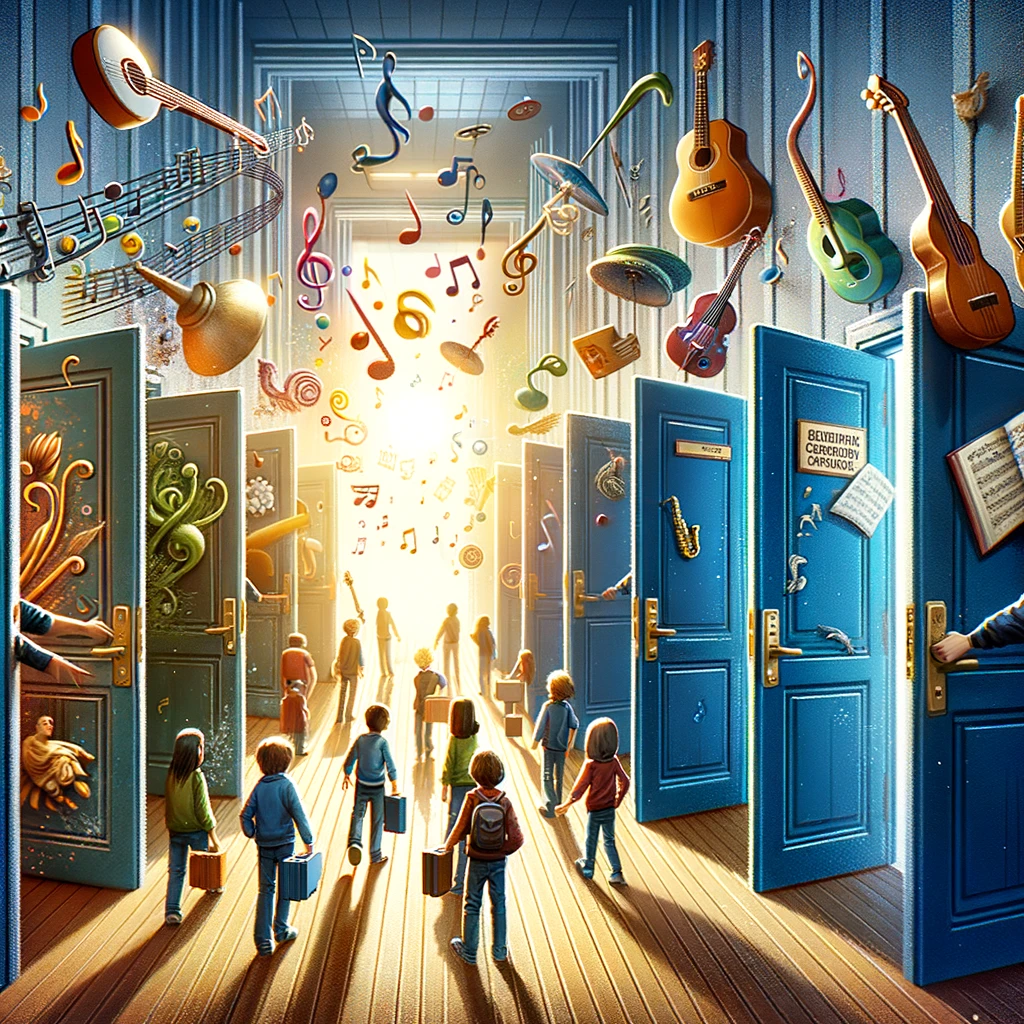
Why Music?
Because music powerfully prepares young minds for optimal learning.
Through music study, children learn to recognize the voice of specific instruments and the ranges of sound each one makes. They learn how different instruments feel in their hands as they strike notes, press strings and play chords. They learn gentleness – how to hold and take care of instruments. They learn the unbelievable, real-life stories behind renowned works…and composers’ personal histories. They experience the delight of expressing almost any emotion through music.
They learn that music adds depth and beauty to their minds, hearts and lives.

Have you seen a wee toddler bob and weave to a catchy tune, long before she is capable of articulating an actual word? Musical movement seems to be inherently woven into the fabric of our beings, from the start.
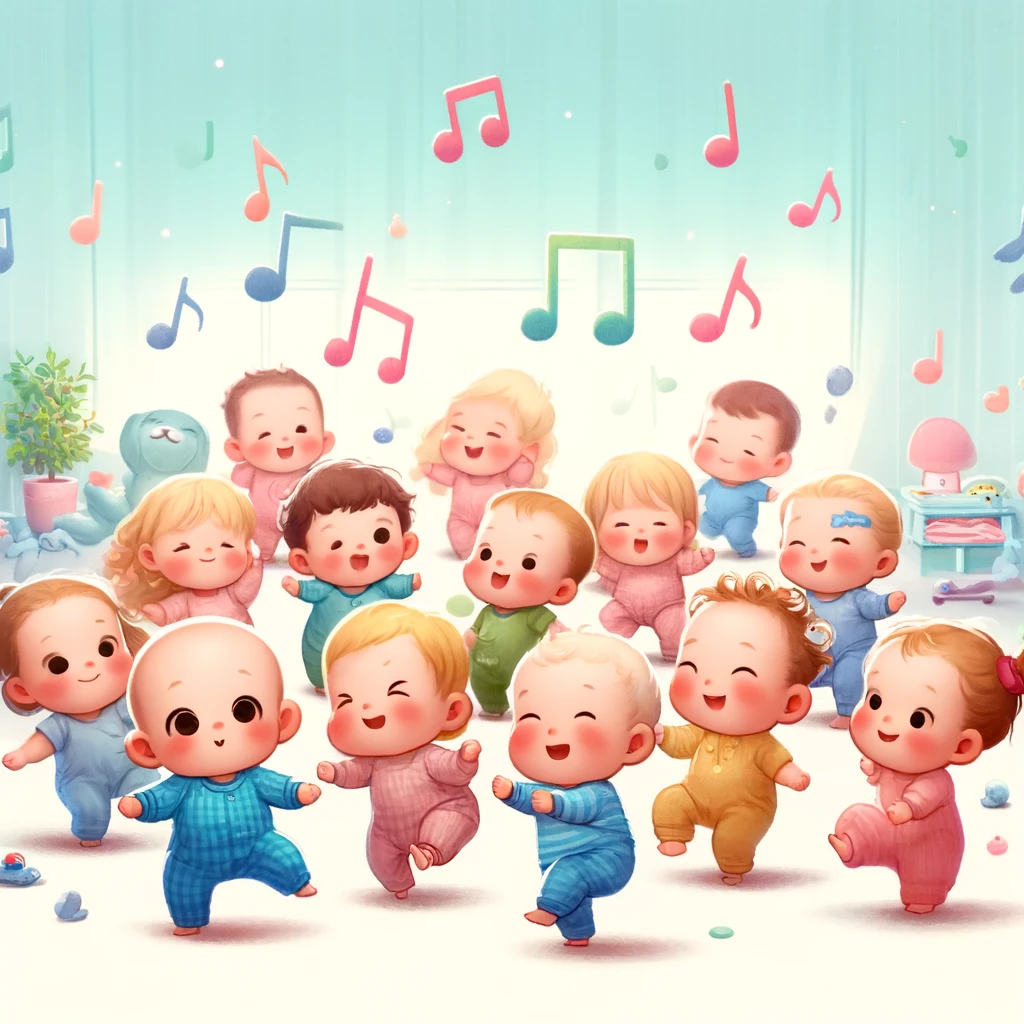
It’s brain food for creativity and innovative thinking. Tunes nurture the whole learner. Music speaks to the soul.
Fill learners’ ears and feed their minds with music.
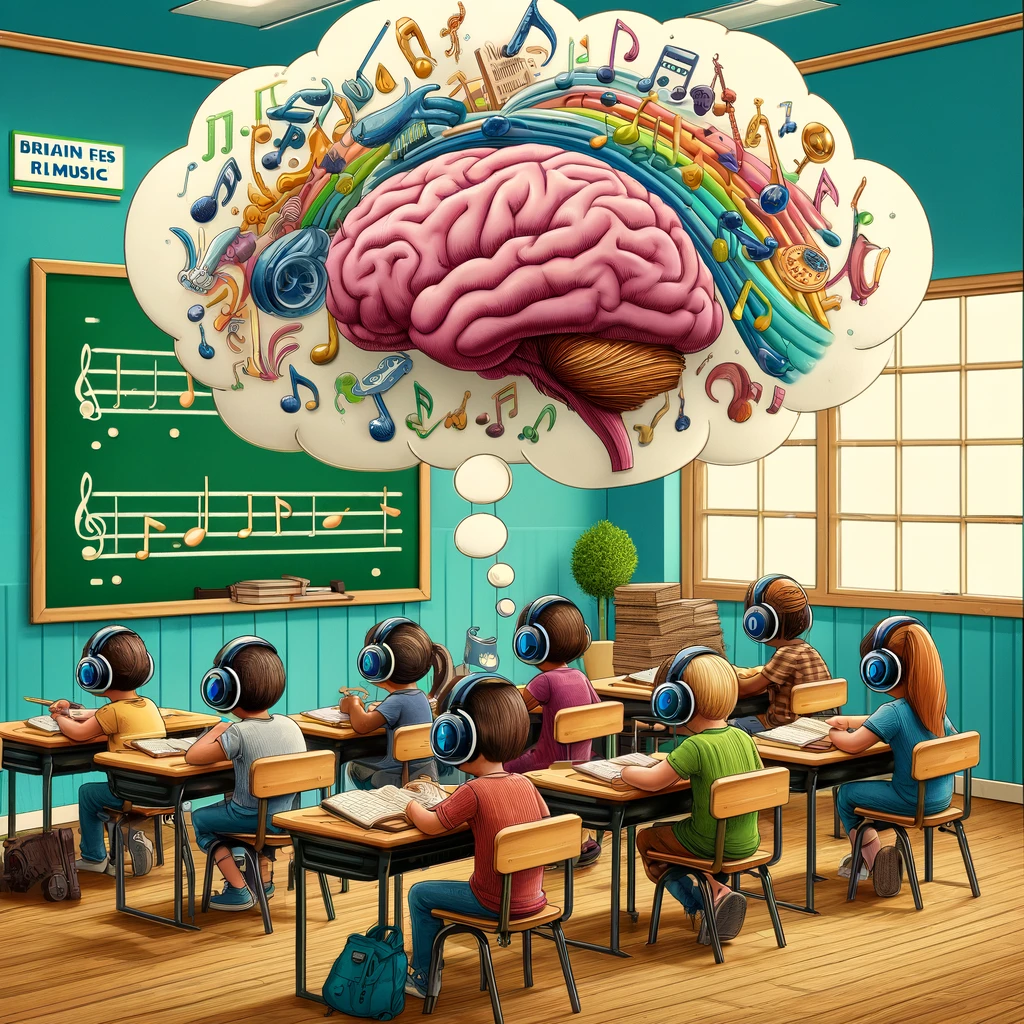
Learning to read music and kinesthetically playing that music underscore the mathematical language of music.
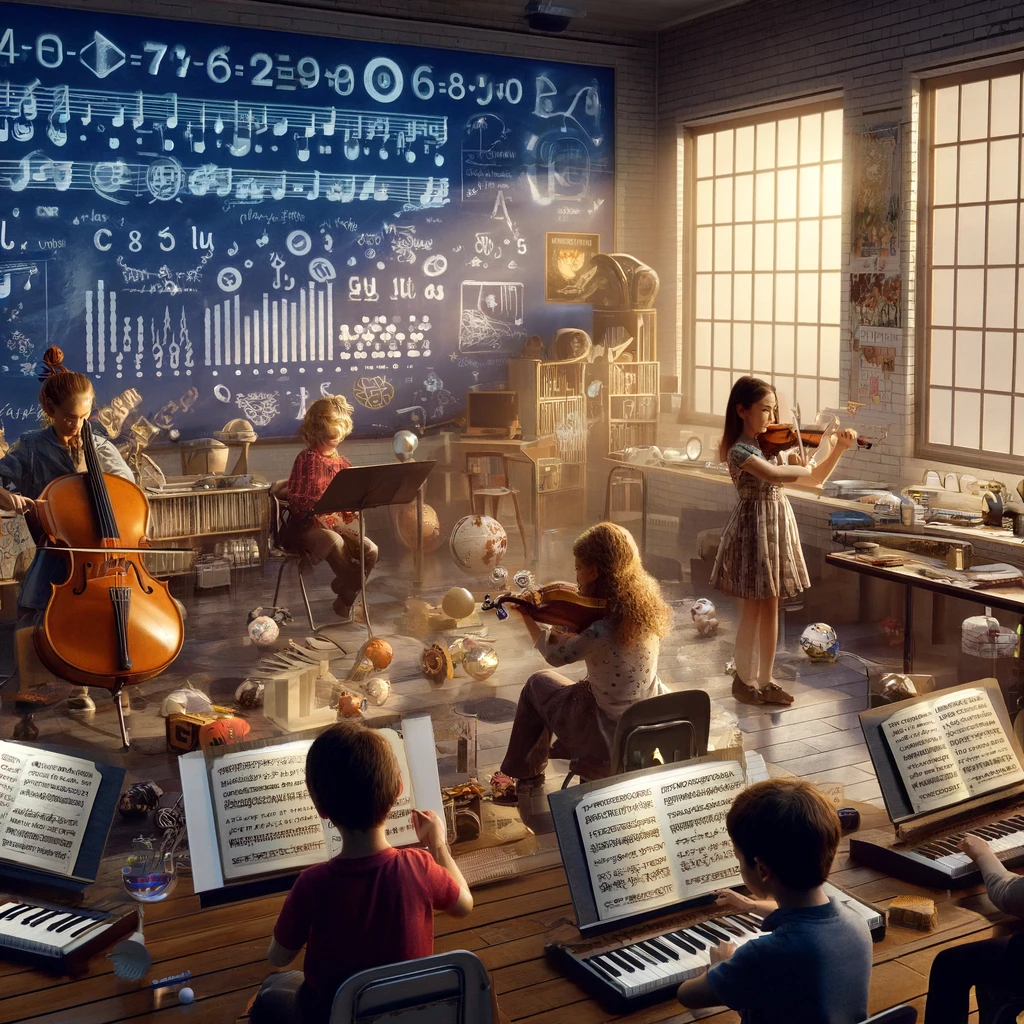
Just as drawings, diagrams and graphics enhance communication precision of the written word, so music boosts the impact of visual, written and auditory messages.
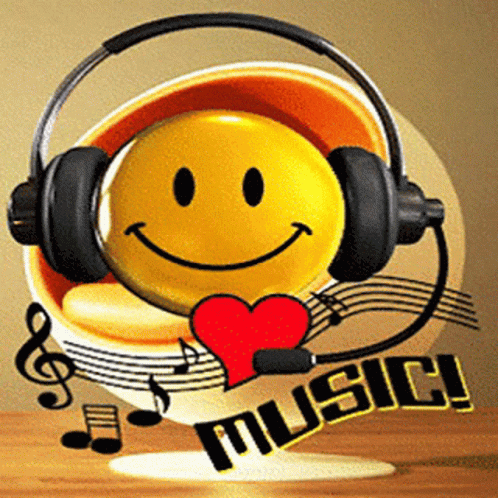
Introducing Learners to the Wonderful World of Music – Practical Ideas to Get You Started
Listen while you’re commuting in the car, during play time, quiet moments or nap time, during math lessons and at bed time for a calming daily wind-down.
My children began listening to Peter & the Wolf - The Young Person's Guide to the Orchestra before they took their first steps!
Introducing Shakespeare to young children acquaints them with story themes; later, when they study his works as literature in middle and high school, they already know the basic plot lines.
Likewise, saturating young ones with classical music increases the breadth of their personal music libraries. Start with Mozart and Beethoven – there are many readily available series and formats for learners’ listening pleasure!
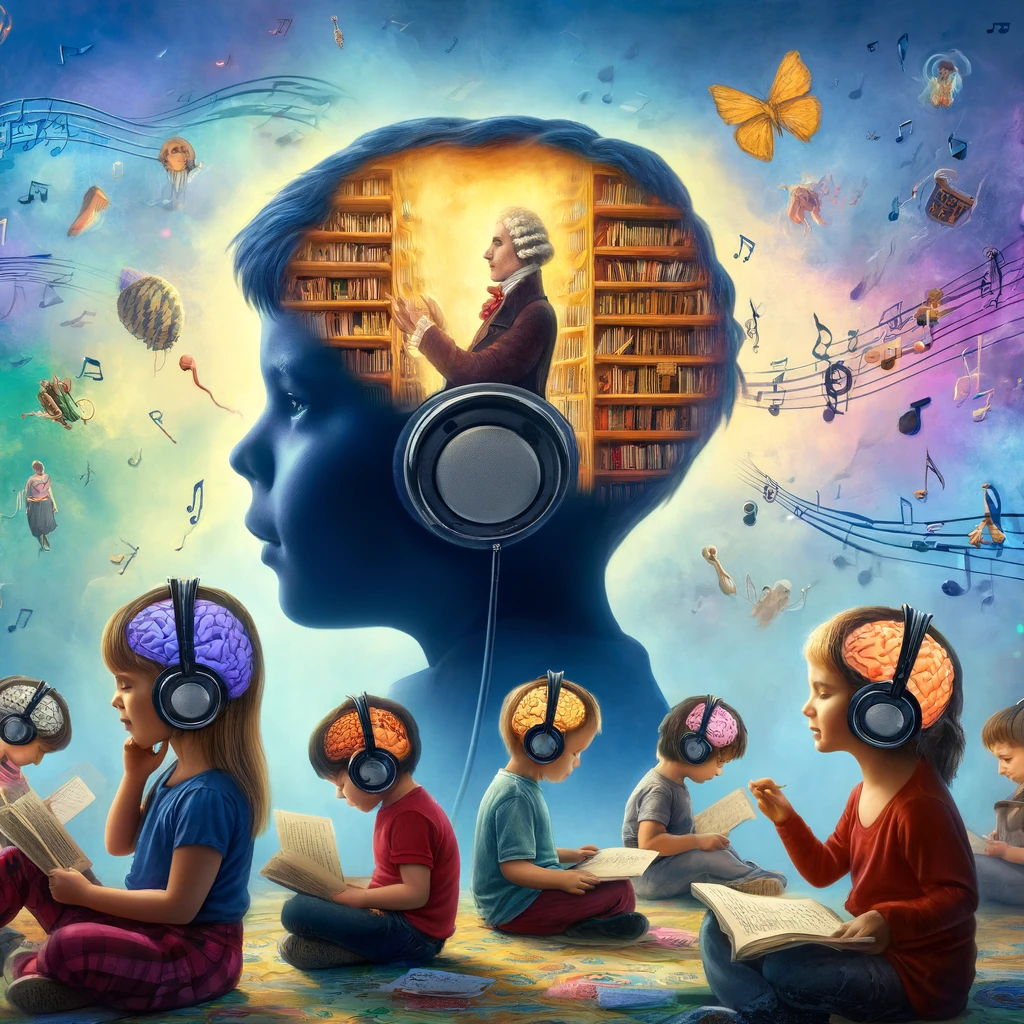
I had an extensive collection of Cedarmont Kids Classics, which I played for my students at opportune times throughout the day.
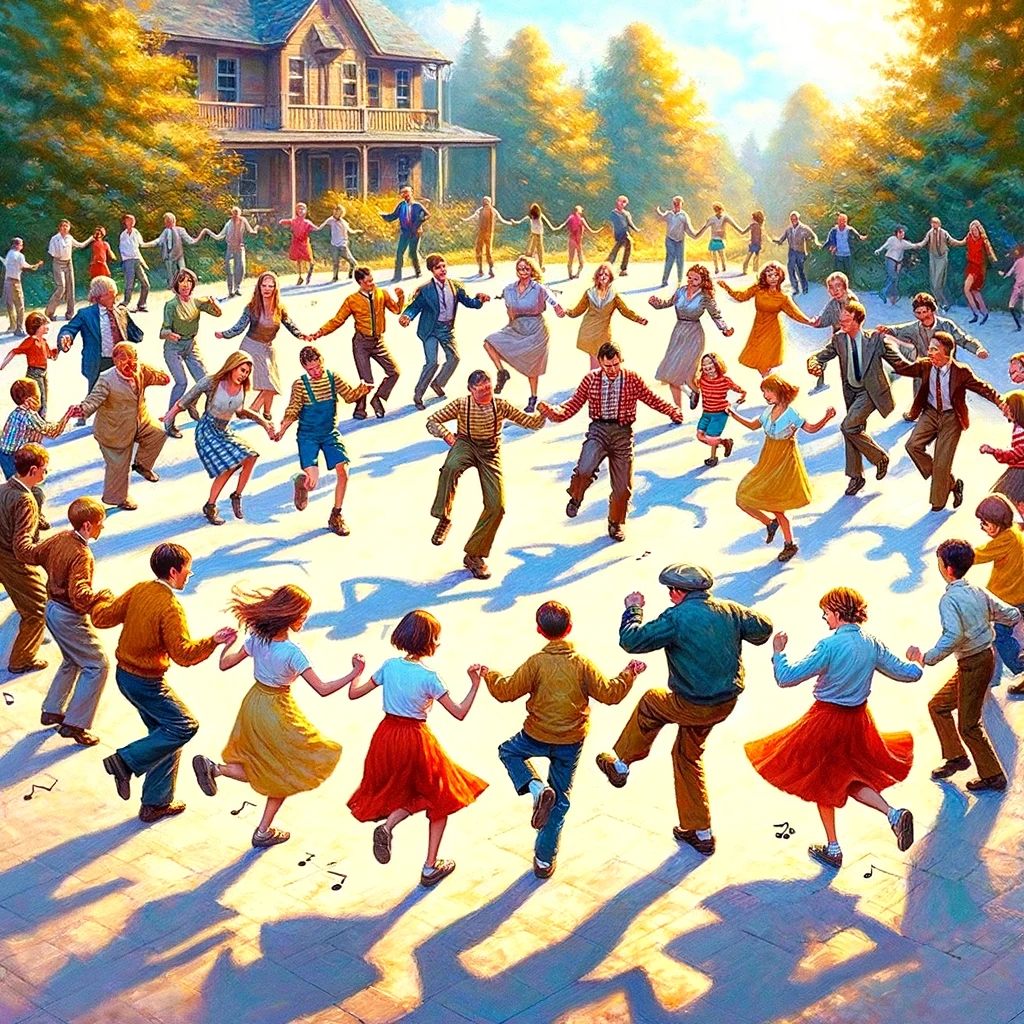
Vox Music Masters series intersperses composer biographies with relevant music selections. Intertwining the life stories and music of renowned artists sparks learners’ interest and enthusiasm!
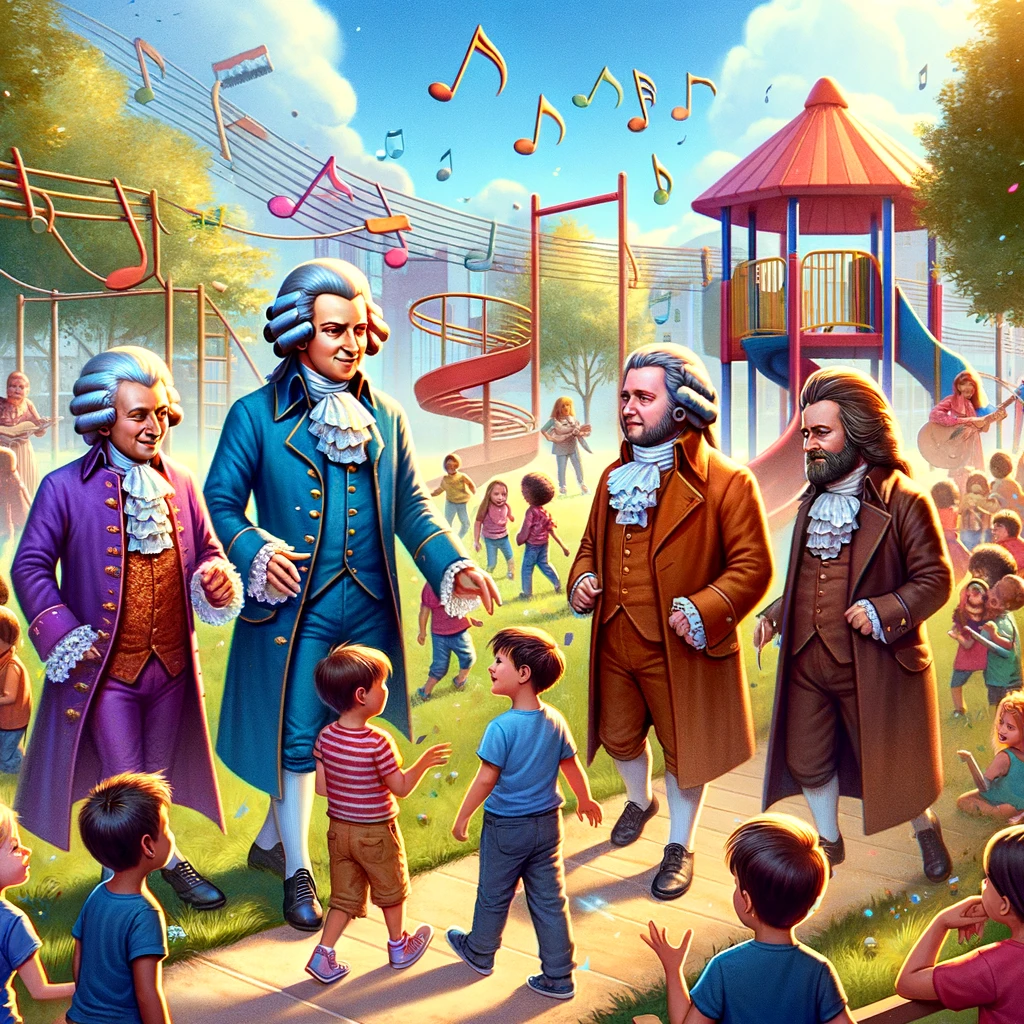
Children tend to be more willing to eat vegetables when they have grown them in their own gardens.
Likewise, creating music by playing an instrument personalizes the experience; songs and music become “their own.”
Create opportunities for learners to see, hear and play triangles, bongo drums, cymbals, maracas, violins, violas, cellos, classical and electrical guitars, flutes, saxophones, tubas, trumpets, trombones, harps…and the piano, just to scratch the surface!
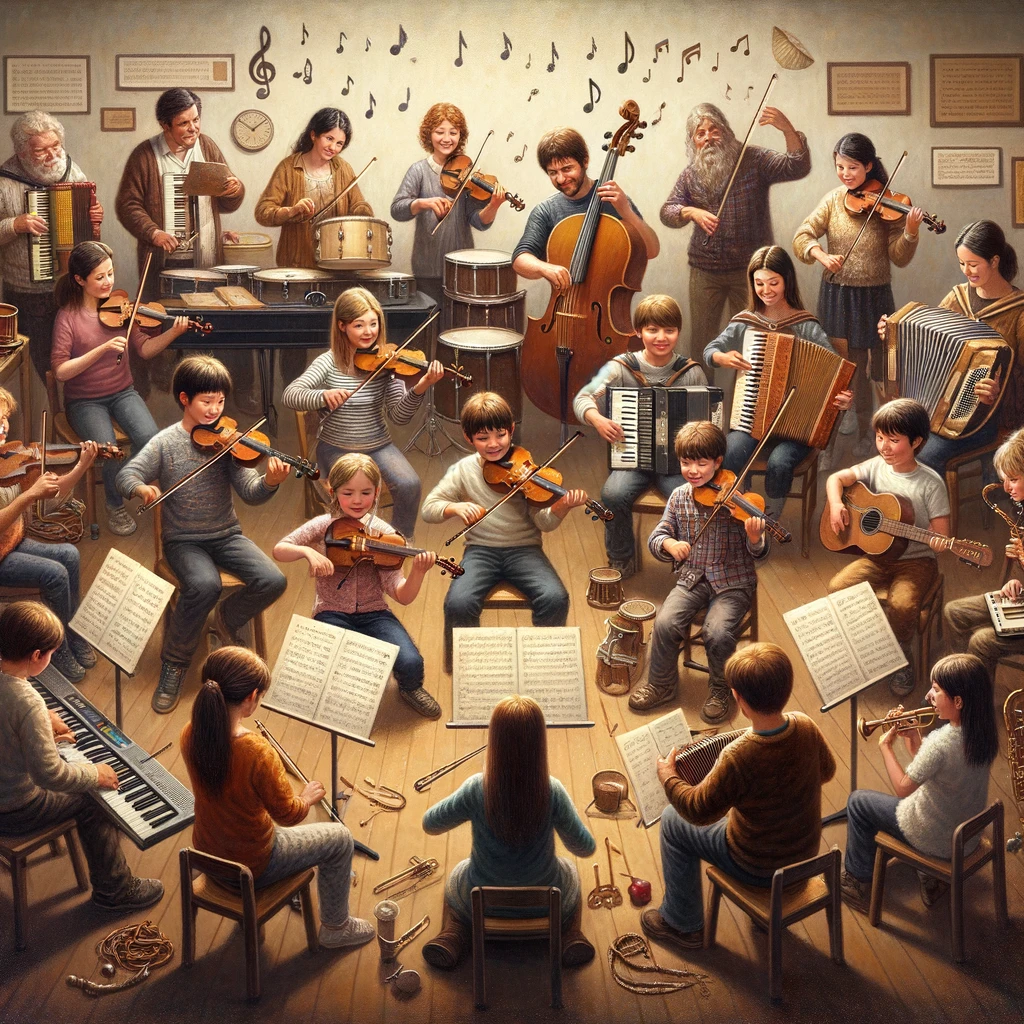
Inspire critical thinking as students engage with music. Prompt them to describe their auditory experiences verbally. Encourage them to envision the music as art by asking, "What would this music look like if it were a picture?" Then, invite them to render their ideas as actual drawings. Foster emotional awareness by discussing how various songs evoke different feelings and impact moods.

Take your learners to a concert, ballet or high school musical production. Expose them to other learners who love and practice music.

Music taps into learners’ imaginations and powerfully reinforces analytical skills. Add in the music…and infuse vibrancy into your micro-school. Let rhythm and melodies jazz up your educational journey!
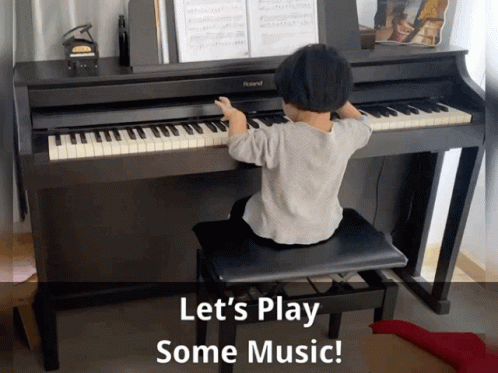
Build a Heart-Led Teaching Business
Rediscover your passion for teaching and transform it into a thriving business. Our consultation will guide you through a transformative process, empowering you to craft a business that resonates deeply with your educator's heart.


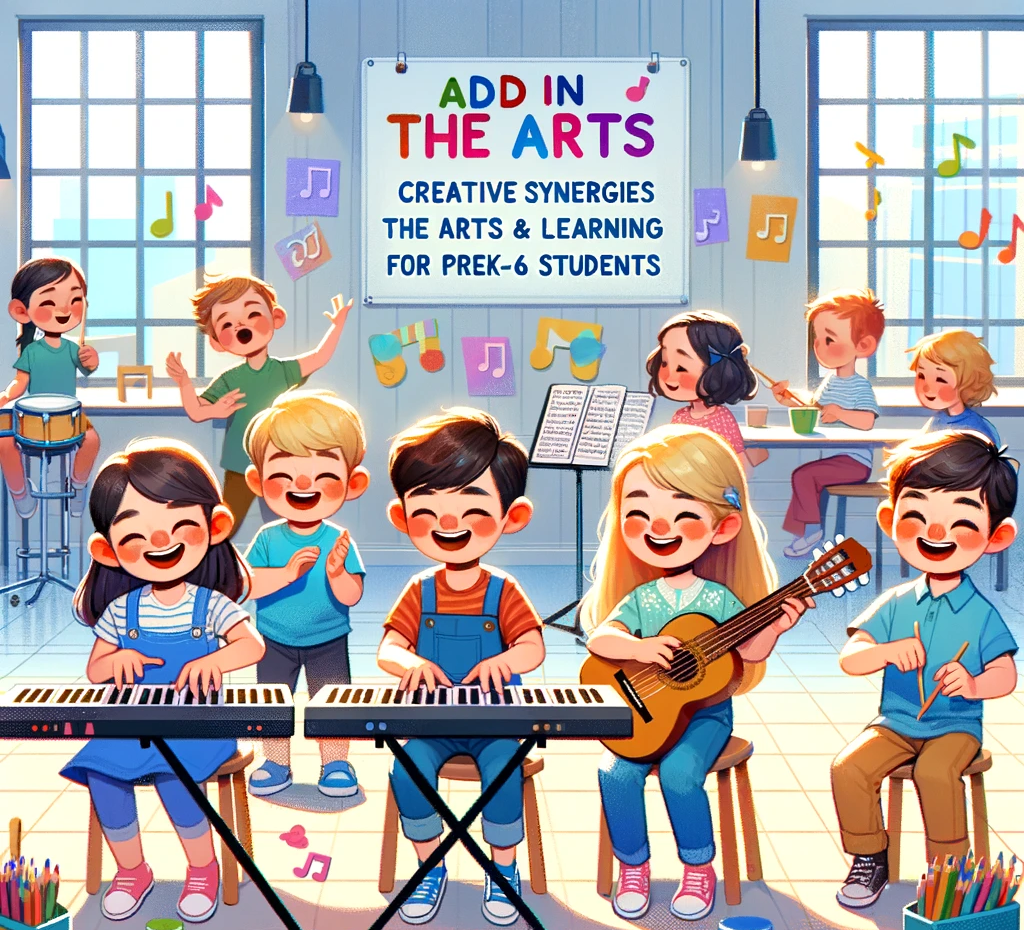
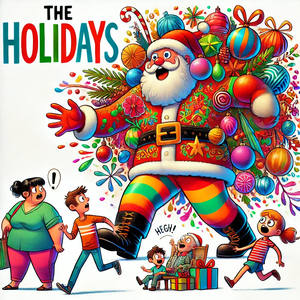
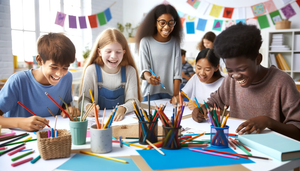


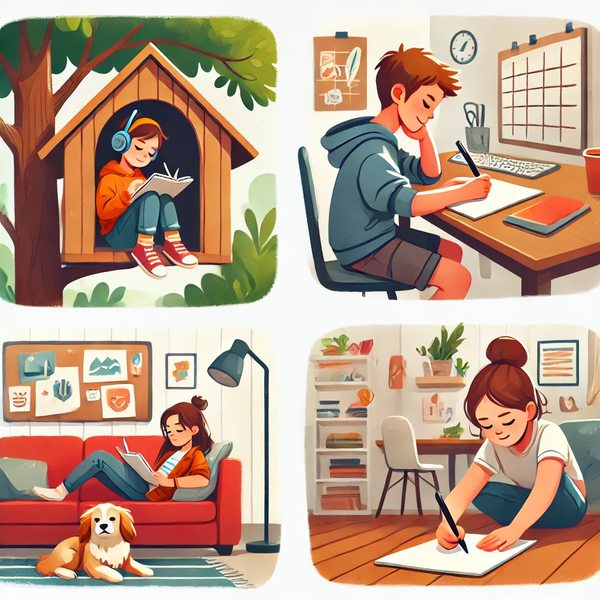
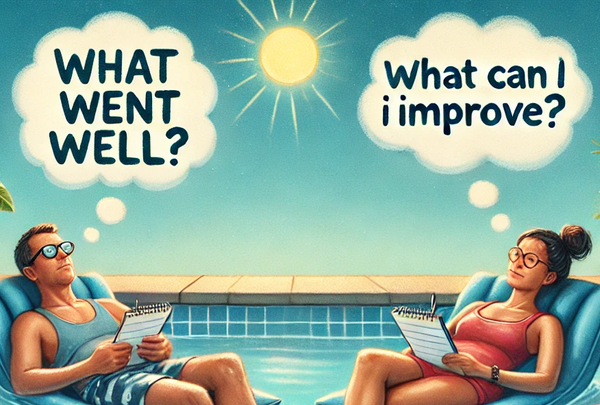
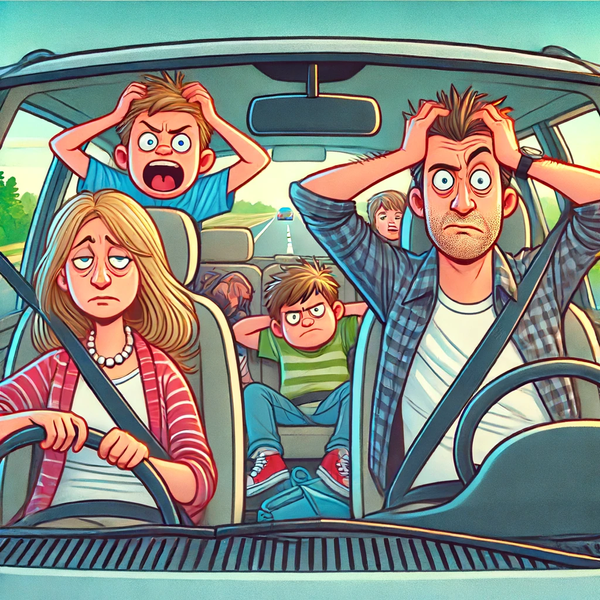
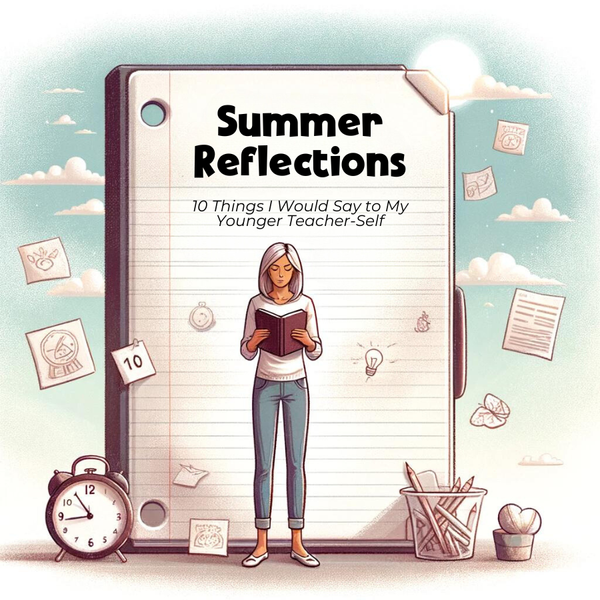
Member discussion